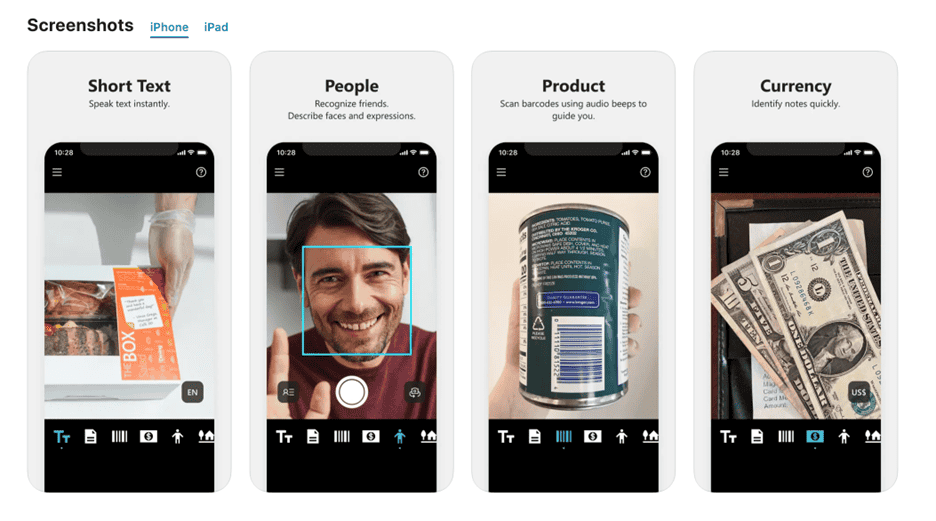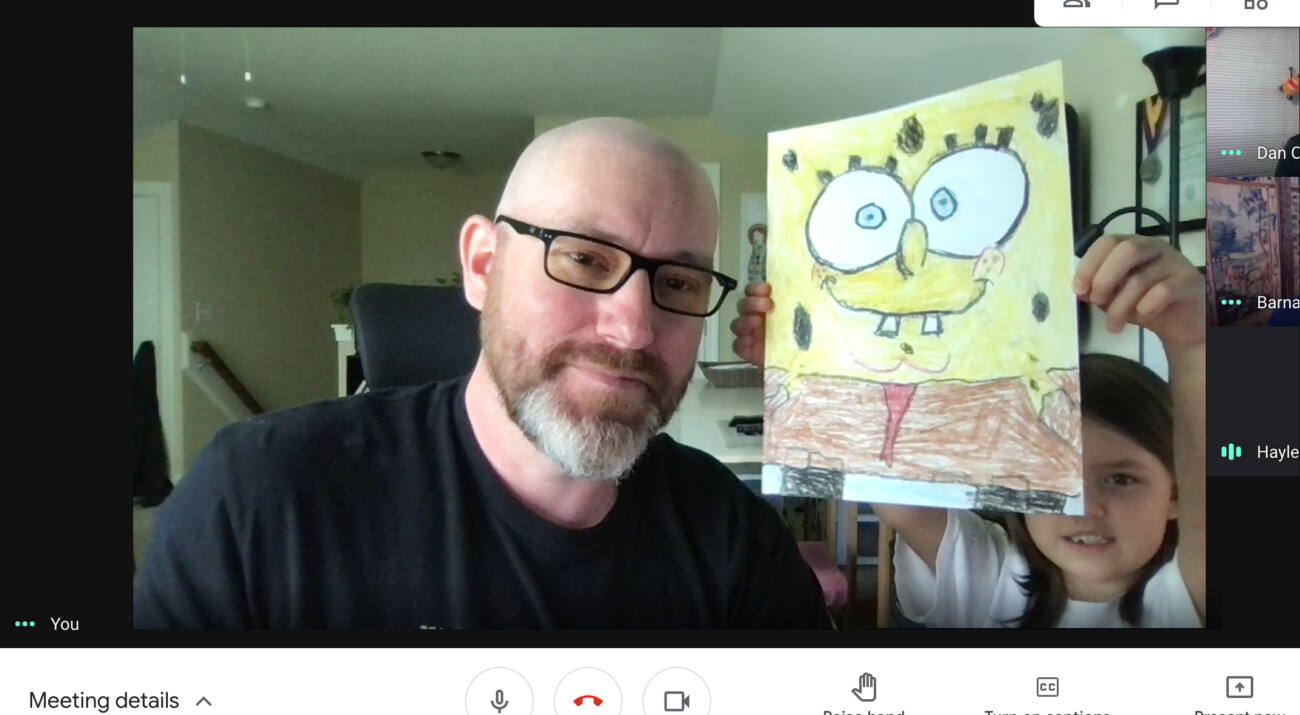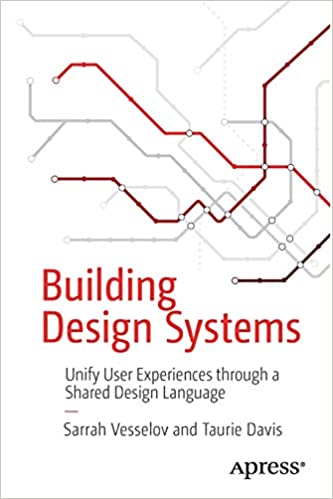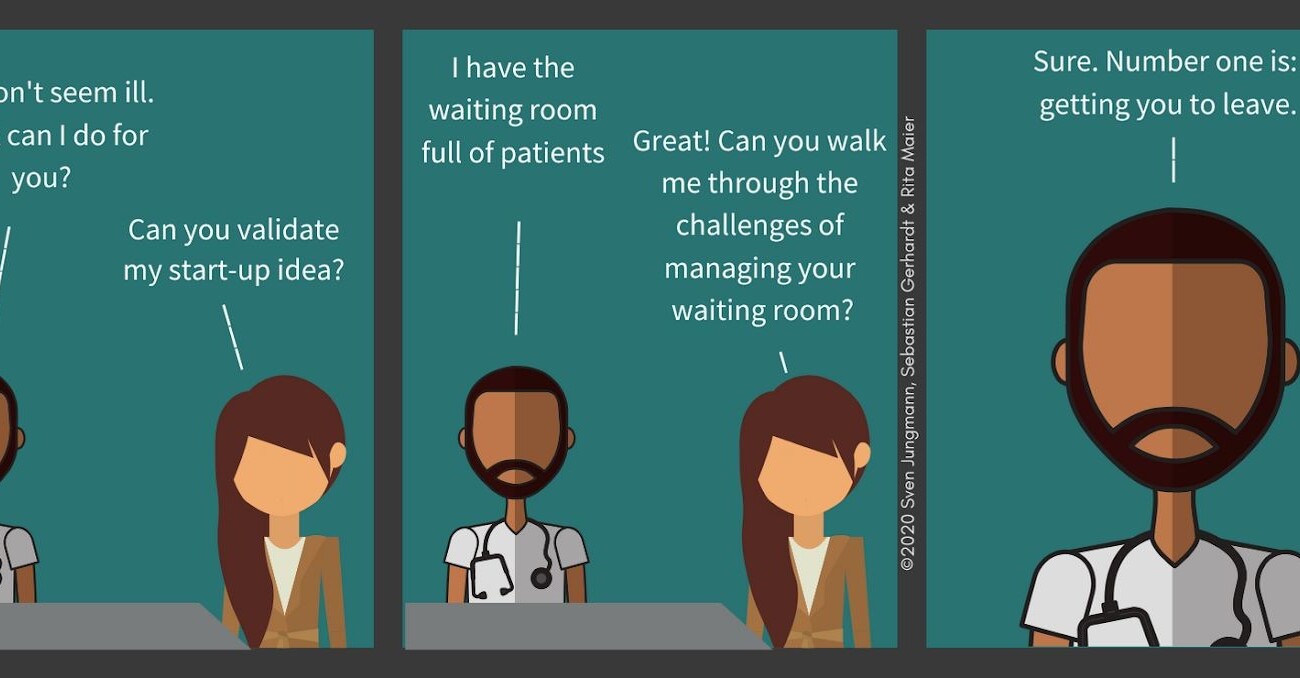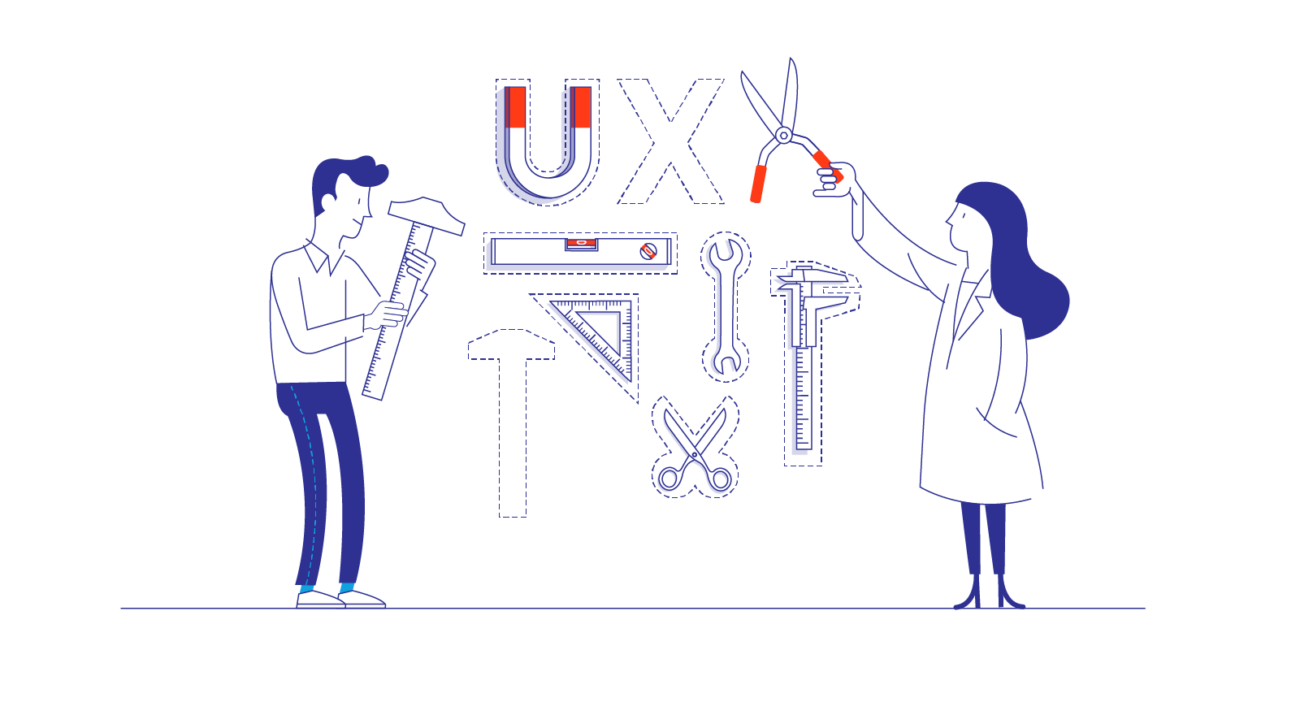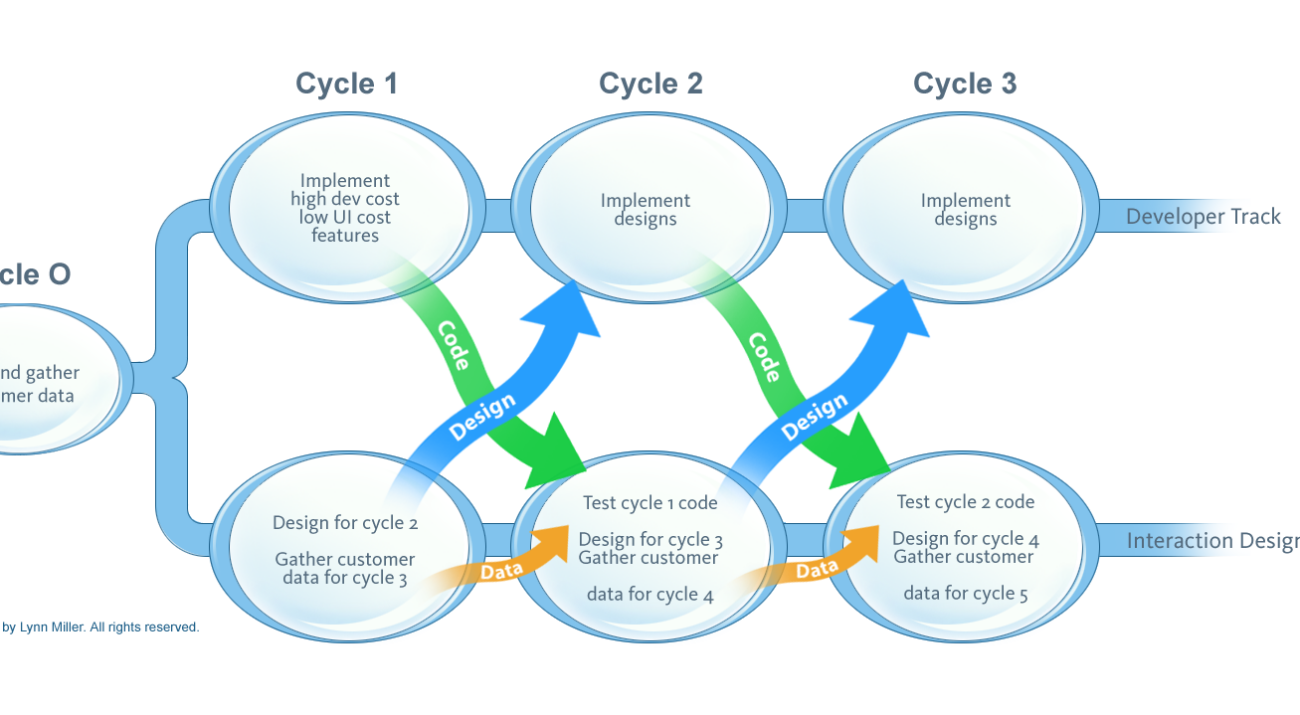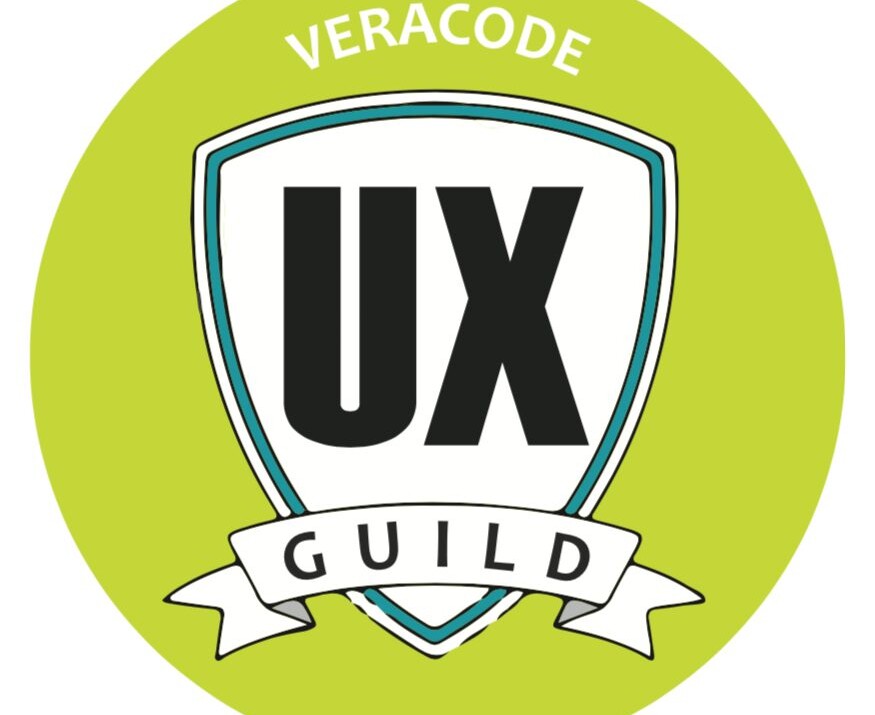This article reviews promising technologies leveraging AI to improve everyday experiences through chatbots, accessibility features, and predictive analytics. AI tools even assist in UX design with accessibility adjustment and optimization. The integration of AI into UX offers exciting possibilities, yet it raises significant ethical concerns about data privacy, algorithm bias, and transparency. UX designers must…
